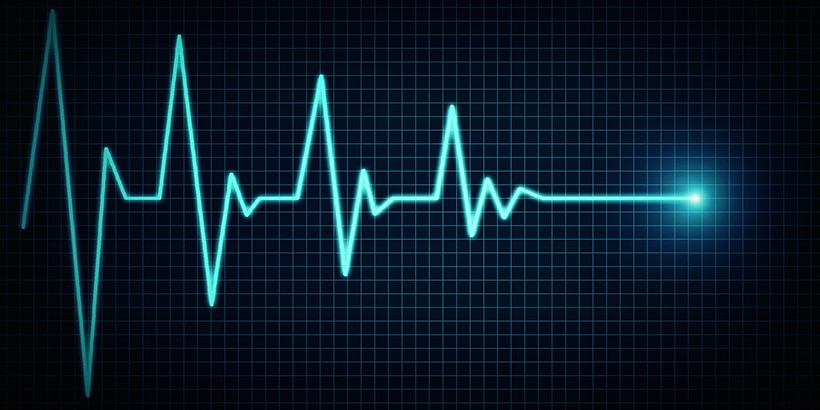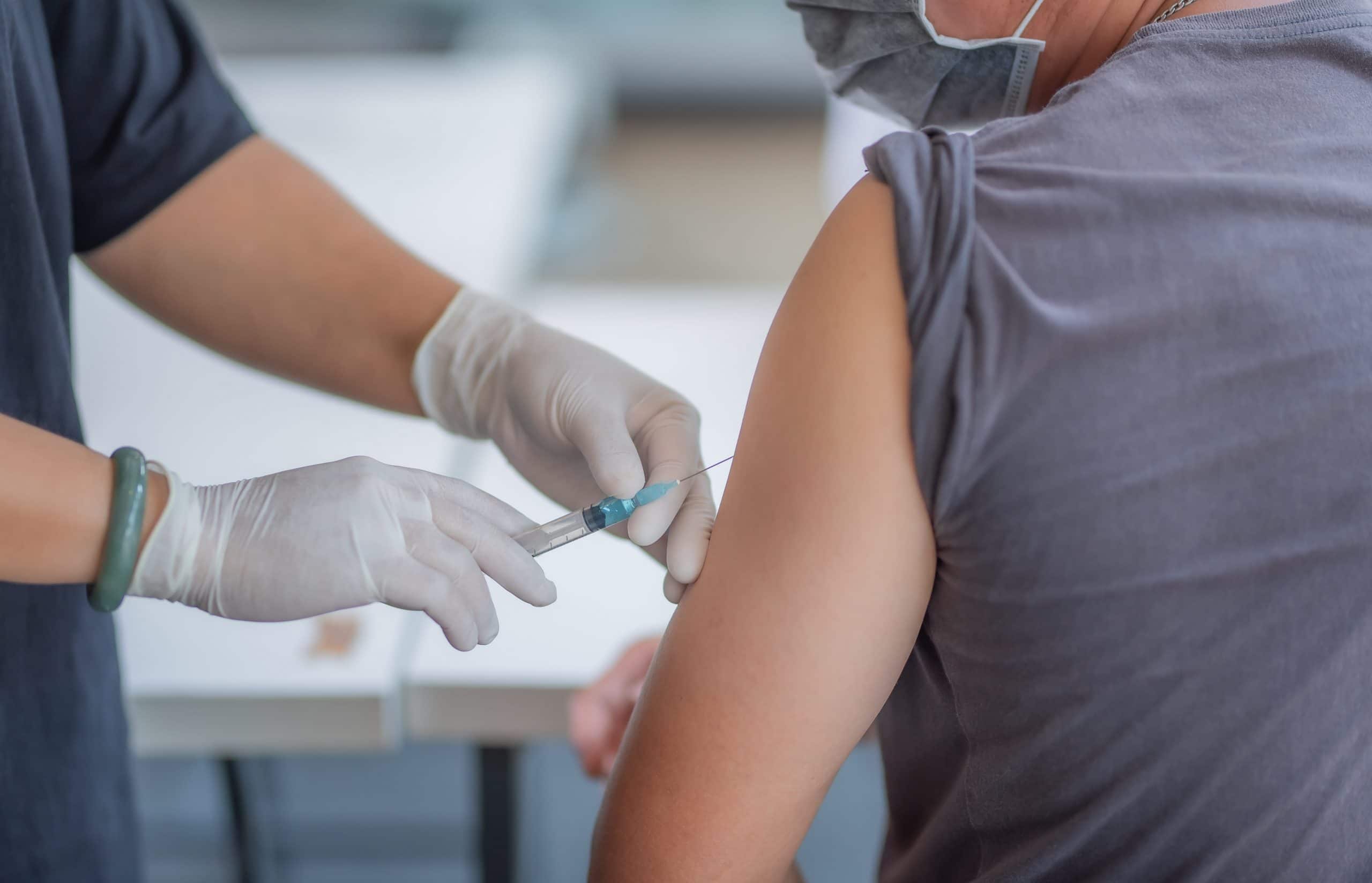Improving EMS Education: How to Effectively Use a Textbook
 During my academic career, I rarely purchased a new textbook. Whenever possible, I would buy a used textbook. What always struck me was how good of shape these textbooks were in; often they looked as if they had never even been opened. Aagaard and Skidmore give a good reason for this: very simply, most students don’t read their textbook.1 When students did use their textbook, they did not “read” it but rather used it as a reference book to clarify points from the lecture or slide-decks that were placed online by the professor. Slobodanka offers a very good reason for this: most students don’t know how to read a textbook.2 Students tend to think that a textbook is simply a series of facts that need to be memorized. Students do not have a good understanding of how textbooks are designed and how that design helps them learn.
During my academic career, I rarely purchased a new textbook. Whenever possible, I would buy a used textbook. What always struck me was how good of shape these textbooks were in; often they looked as if they had never even been opened. Aagaard and Skidmore give a good reason for this: very simply, most students don’t read their textbook.1 When students did use their textbook, they did not “read” it but rather used it as a reference book to clarify points from the lecture or slide-decks that were placed online by the professor. Slobodanka offers a very good reason for this: most students don’t know how to read a textbook.2 Students tend to think that a textbook is simply a series of facts that need to be memorized. Students do not have a good understanding of how textbooks are designed and how that design helps them learn.
It is up to us as educators to teach them how to use a textbook before they can be taught to be EMTs. This will provide better continuing education (CE )experiences that will help providers become life-long learners.
“Reading” a textbook is not a passive process; it is an active one, a task that requires concentration and as such requires a space that is quiet and free of interruptions and a block of time that will allow the student a period of uninterrupted concentration. There are tools needed for reading: highlighters, tabs, index cards, a notebook, and a pen or pencil. For electronic or online textbooks, you can often still highlight, bookmark, and annotate the text. No textbook should go unmarked. A well-used textbook should be highlighted, tabbed, and annotated. Here are a few study tips for reading textbooks as an EMS provider.
Prioritizing Objectives, Topics, and Questions
Every chapter of a good textbook should begin with the objectives of that chapter. “After reading this chapter, the student should be able to: explain, determine, describe, identify, or anticipate,” are common verbs used. Have the students read through the objectives and highlight them—green if they have a good understanding, yellow if they know a little, and pink if they have no clue. If the textbook has a glossary or a list of key terms, have them do the same. Next have the students read through all the sidebars, looking at key points and definitions. Then have the students go back to the beginning and look at the pictures, graphs, and illustrations.
Now it is finally time to have the students read something. Have them read the summary, the short synopsis of the chapter at the end. Have the students go back to the objectives. Each objective should have a page number associated with it. Have them read all the objectives that they highlighted pink first, then the yellow ones, finally the green ones.
As the student reads the text they need to employ active recall. The students will read a passage, close the book, and reflect on the passage. They should take their notebook and rewrite the passage in their own words. They can take an index card and make a flashcard that has important concepts, words, or phrases. Referring back to these notes and flashcards will enable the student to remember key concepts much better than simply reading and rereading a chapter. If the textbook has a quiz, have them take it, but make sure they relate each question back to an objective and to the place in the text that is referenced by both the question and its associated objective. The tabs can mark the text as it relates to the objective and to the quiz question.
Finally, have the student unhesitatingly annotate the text. Have the student rewrite difficult concepts in their own words, note websites that they found that offer more information on the subject, and write down any questions that they might have. A textbook is not a novel and should not be read like one. When an EMT student comes to realize that and learns to use the textbook as it was designed to be used, they will do better in their EMT class and will learn the skills they need to provide better care in their communities.
References
- Aagaard L, Skidmore RL. College student use of textbooks. Online Submission. 2009.
- Antić Slobodanka V. Students’ cognitive patterns of textbook use in the learning process: The students’ perspective. Nastava i Vaspitanje. 2018; 2 (219).
 Douglas L. Richardson—Paramedic, BS-PSM, MS-PSA, EdD—worked for 20 years in EMS and fire as a paramedic, educator, and crew chief before turning his attention to EMS education full-time. He currently works for CareerCert, UnityPoint EMS, and Illinois Central College but still works the street pulling shifts. He has been a licensed instructor for more than 20 years. He is passionate about EMS education and has published articles in several regional and national publications.
Douglas L. Richardson—Paramedic, BS-PSM, MS-PSA, EdD—worked for 20 years in EMS and fire as a paramedic, educator, and crew chief before turning his attention to EMS education full-time. He currently works for CareerCert, UnityPoint EMS, and Illinois Central College but still works the street pulling shifts. He has been a licensed instructor for more than 20 years. He is passionate about EMS education and has published articles in several regional and national publications.



